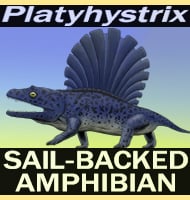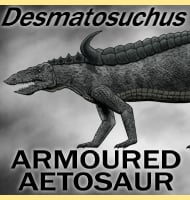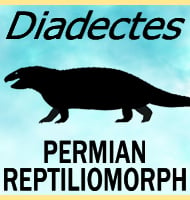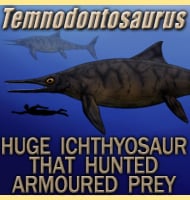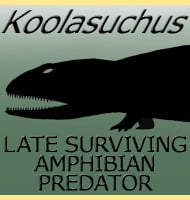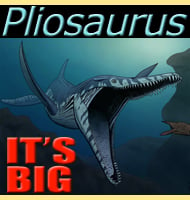In Depth
Ctenochasma is one of the few known filter feeding pterosaurs, and its name heads up the group Ctenochasmatidae which includes similar pterosaurs such as Pterodaustro and Unwindia. The method of pterosaurs filter feeding is quite simple as instead of having the large needle like teeth associated with catching fish and insects, pterosaurs like Ctenochasma have several hundred smaller and finer teeth creating a comb. All Ctenochasma would have to do is scoop up a beak full of water and allow it to drain out though its teeth. The teeth would filter out things like aquatic invertebrates leaving Ctenochasma with a mouthful of food.
Unlike Pterodaustro which only had teeth for the bottom jaw, Ctenochasma had specialised teeth in the top jaw as well, and when brought together they could have formed a loose ‘basket’. This could suggest that while Ctenochasma employed filter feeding as its chosen strategy, it may have had slightly different prey to others of its kind. One interesting feature that both Ctenochasma and Pterodaustro do share are similar scleral rings that indicate both of them lived nocturnal lifestyles. This is often explained as niche partitioning, for the nocturnal pterosaurs to avoid direct competition with other pterosaurs that are active during the daytime. However the fact that both of these pterosaurs were nocturnal may be explained by a greater more abundant food supply at night.
Phytoplankton actually has its greatest concentration several meters below the water surface because when it is too close to the top it can actually become damaged or killed off by stronger ultraviolet radiation from the sun. This is why phytoplankton often rises nearer the surface at night, and when it rises, all the other small aquatic vertebrates that feed on it also rise up with it, into the range of any filter feeding pterosaurs that might be waiting.
Further Reading
– Un crane de Ctenochasma (Pterodactyloidea) du Portlandien infe rieur de la Haute-Marne, dans les collections du Musee de St-Dizier. – Comptes Rendus de l’Acad�mie des Sciences. 174: 362–364. – P. Taquet – 1972. – Description of the skull of a Ctenochasma (Pterosauria) from the latest Jurassic of eastern France, with a taxonomic revision of European Tithonian Pterodactyloidea. – Journal of Vertebrate Paleontology. 24 (3): 542–554. – S. Jouve – 2004. – A review of the pterosaur Ctenochasma: taxonomy and ontogeny. – Neues Jahrbuch f�r Geologie und Pal�ontologie, Abhandlungen 245:23-31.- S. C. Bennet – 2007.


